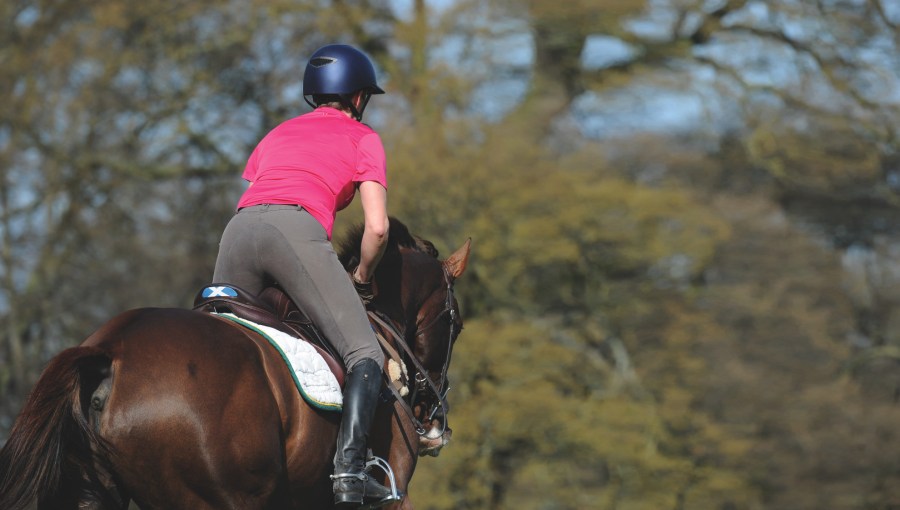New research into eventing safety has explored different types of fence and course design, and shared their associated risk of falling for either rider or horse.
The study, published in the Equine Veterinary Journal, highlighted the fence types which are at increased odds of a fall occurring when compared with square spread fences. Certain types of fence were also found to be at reduced odds of a fall and factors related to fence and course design were also identified as affecting the risk of falls occurring.
The researchers said around six percent of cross-country starts result in a fall – with either the rider falling off the horse, or the horse itself falling. Since 2016, there have been at least 41 horse fatalities and at least 18 rider fatalities in FEI events.
The study team, at the Universities of Glasgow, Bristol, and Nottingham Trent, analysed data from over 200,000 fences in about 6,500 competitions over an 11-year period, and, overall, found 13 factors related to competition, fence, and course design that meant falls were more likely to occur.
The fence types that were more likely to have a fall occur than a square spread were post and rails, palisades, brushes with a ditch in front, corners and trakehners. Fences positioned with approach and/or landing downhill were more likely to have falls occur than fences on flat ground, and fences which were a jump into water were risker than jumps onto solid ground.
The fence types that were less likely to have a fall occur than a square spread were ascending spreads, brush fences without a preceding ditch, rounds, steps and water.
“It is recommended that the most challenging fences are placed near the beginning of the course, and not in downhill or water settings,” the researchers said. “The complexity of individual elements in combined fences should be reduced. Adopting evidence-based course design is a crucial intervention for reducing the incidence.”
Researchers believe that the study offers a starting point for establishing a scientific ‘risk profile’ of cross-country courses which can help athletes and trainers plan for future success, and safeguard safety and welfare.
Lead author Dr Euan Bennet from the University of Glasgow, who started the work at the University of Bristol, said: “More than two decades after the International Eventing Safety Committee urged that ‘everything should be done to prevent horses from falling’, an improved understanding of the true level of risk posed by a particular series of fences on a specific course is an essential focus of further risk reviews.
“However, it would not be desirable to look at our results and say, for example, that challenging jumps should no longer be used. Rather, it should be recognised that course design can prioritise safety without reducing challenge or competitiveness in the sport. ‘Risk grading’ of courses would be an important way of informing athletes about the level of risk to which they would be exposing themselves and their horse and would reduce the risk of serious and fatal injury to both horses and riders.”
The study, ‘Fédération Equestre Internationale (FEI) eventing: Fence-level risk factors for falls during the cross-country phase (2008-2018)’ is published in Equine Veterinary Journal. The work was funded by the FEI.









